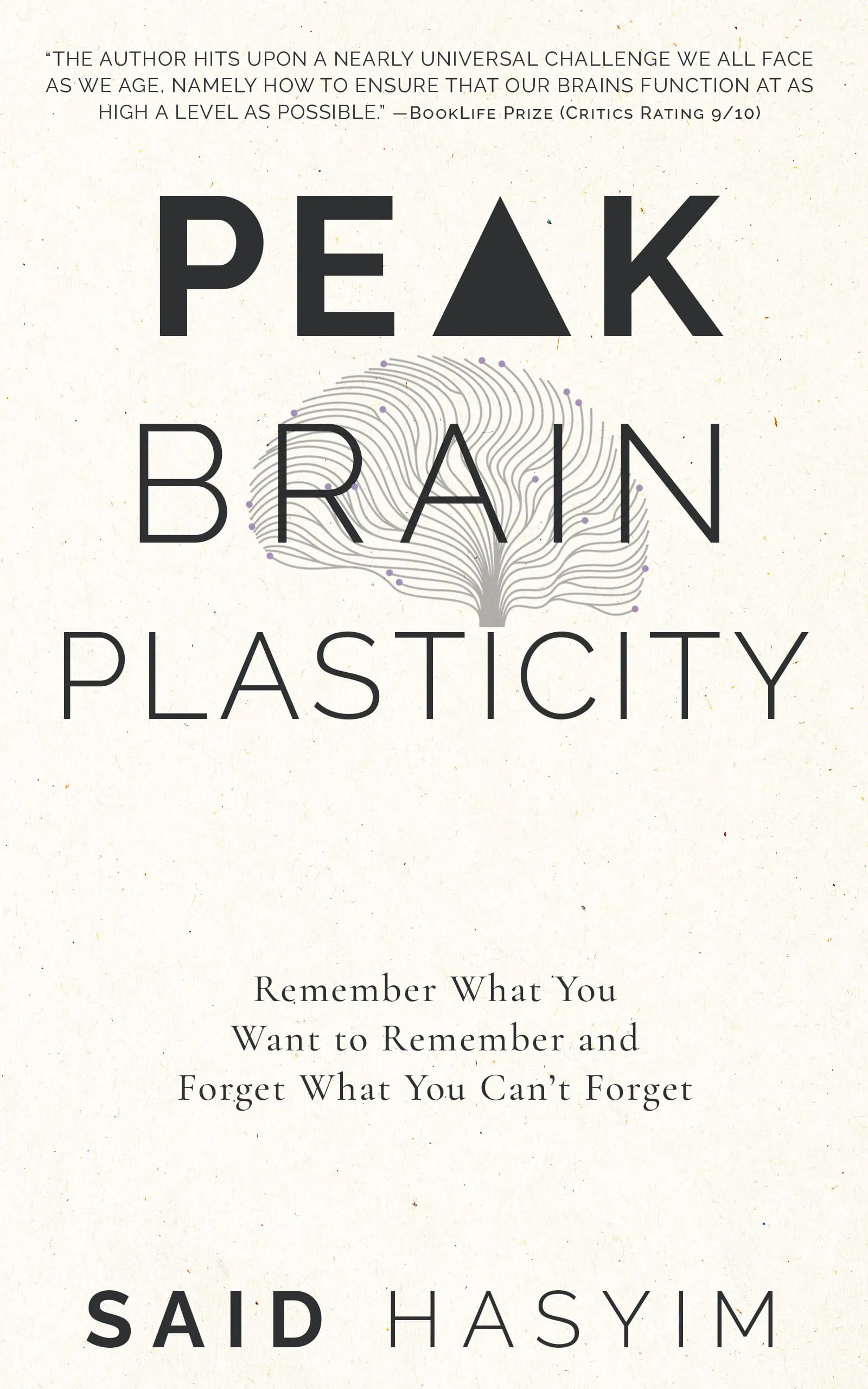Educating the Brain: Neuroplasticity in Practice
Introduction
The human brain, with its intricate network of neurons, is one of the most complex systems known to science. For decades, conventional wisdom held the view that the brain's structure and capabilities were largely fixed after a certain age. However, emerging research in neuroscience has illuminated a remarkable capacity of the brain known as neuroplasticity. This term refers to the brain's ability to reorganize itself by forming new neural connections throughout life. In this blog post, we’ll explore the concept of neuroplasticity, its implications for learning and education, and practical applications that can help us harness our brain’s potential.
Understanding Neuroplasticity
Neuroplasticity can be understood on two levels: functional plasticity and structural plasticity.
Functional Plasticity
Functional plasticity refers to the brain's ability to move functions from damaged areas to undamaged areas. This is especially evident in individuals who have suffered strokes or traumatic brain injuries. For instance, if one part of the brain that controls a specific function (like language) is injured, other areas may compensate for that loss over time.
Structural Plasticity
Structural plasticity, on the other hand, focuses on the brain's ability to physically change its structure in response to learning and experience. This involves the growth of new neurons (neurogenesis) and the formation of new synapses (connections between neurons). Structural plasticity allows us to improve our cognitive abilities, adapt to new environments, and recover from injuries.
The Science Behind Neuroplasticity
Research in neuroplasticity has revealed fascinating insights into how our brains change:
Experience and Learning: Engaging in novel experiences stimulates the production of new neurons and the strengthening of existing synapses. The more we challenge our brains through learning, the more adaptable they become.
Environmental Influence: Enriched environments—such as those that offer various stimuli and social interactions—have been shown to increase neuroplasticity. For example, animals in stimulating environments exhibit greater neurogenesis than those in isolated conditions.
Age and Neuroplasticity: While it is true that neuroplasticity declines with age, it is by no means absent in older adults. Studies indicate that older individuals can still form new neural connections and learn new skills, highlighting the importance of lifelong learning.
Implications for Education
Understanding neuroplasticity has profound implications for education. It encourages a shift from traditional rote learning methods to more dynamic and engaging approaches that cater to the brain’s inherent adaptability.
1. Emphasizing Active Learning
Active learning strategies—such as problem-solving, group discussions, and hands-on activities—are more effective than passive learning approaches. By encouraging students to engage with material actively, educators can foster deeper understanding and retention, thus stimulating neuroplasticity.
2. Incorporating Variety in Teaching Methods
Utilizing a mix of teaching techniques—ranging from visual aids and interactive technologies to experiential learning—can cater to diverse learning styles. Variety ensures that the brain remains engaged and can form new neural pathways.
3. Promoting Growth Mindset
Cultivating a growth mindset—a belief that intelligence and abilities can be developed—empowers students to embrace challenges and view failures as opportunities for growth. Research shows that students with a growth mindset are more likely to engage in neuroplasticity, as they continuously seek out learning experiences.
4. Integrating Mindfulness and Reflection
Mindfulness practices, such as meditation and reflective journaling, can enhance mental clarity and emotional regulation. These practices have been shown to promote changes in brain structure and function, supporting the idea that we can train our brains to be more resilient and flexible.
5. Encouraging Lifelong Learning
As neuroplasticity is a lifelong process, promoting a culture of lifelong learning can inspire individuals to pursue new interests and acquire new skills at any age. Workshops, adult education programs, and opportunities for professional development can help cultivate a community of learners.
Practical Applications of Neuroplasticity
Educators, students, and lifelong learners can apply neuroplasticity principles in various ways.
1. Cognitive Training Exercises
Engaging in cognitive exercises—like puzzles, memory games, and strategic board games—can strengthen cognitive functions and enhance neuroplasticity. Apps and online resources that focus on brain training offer additional avenues for practice.
2. Physical Activity
Regular physical exercise has been shown to boost neurogenesis and improve cognitive function. Activities that combine cardiovascular fitness with coordination, like dance or martial arts, can be particularly beneficial for brain health.
3. Social Interaction
Social engagement has powerful effects on brain health. Encouraging collaboration among students, forming study groups, and participating in community activities can help build social connections while enhancing cognitive functioning.
4. Skill Acquisition
Learning a new skill—whether it's playing a musical instrument, speaking a new language, or engaging in a new hobby—fuels neuroplasticity. This process not only develops new neural pathways but also boosts self-esteem and overall well-being.
5. Nutrition and Sleep
Proper nutrition and adequate sleep are fundamental to brain health. Diets rich in antioxidants, omega-3 fatty acids, and vitamins support neurogenesis, while quality sleep is crucial for memory consolidation and cognitive function.
Conclusion
The science of neuroplasticity challenges traditional notions about the limits of our brains and highlights the incredible ability to adapt and change. By integrating principles of neuroplasticity into educational practices and our daily lives, we can foster environments that promote learning, resilience, and continuous growth.
In a world increasingly influenced by rapid technological advancements and social changes, understanding and applying the principles of neuroplasticity is more important than ever. By educating ourselves and others about the brain’s flexible nature, we can empower ourselves to become lifelong learners and champions of our own cognitive potential.
In this exploration of neuroplasticity, we embrace the understanding that learning is not merely an academic endeavor but a lifelong journey filled with opportunities for growth, adaptation, and transformation. Let us commit to nurturing our brain’s remarkable capacity for change.
Harness the Power of Neuroplasticity
Discover Peak Brain Plasticity, a practical book to harnessing neuroplasticity. Enhance your memory, learn new languages quickly, and alleviate anxiety with effective study methods. Uncover daily habits that impact cognitive health and explore techniques for accelerated learning and memory retention. Unlock your brain's potential for growth and transformation.
